Upper blepharoplasty is a highly effective cosmetic procedure for improving the appearance of hooded eyes. Specialized procedures, such as Asian eyelid surgery or Asian blepharoplasty, can be performed to make you appear to have a natural crease that reveals the beautiful shape of your eyes. Ptosis correction surgery is a more specialized eyelid surgery to correct drooping eyelids. Successful cosmetic upper eyelid surgery does not draw attention because it appears natural, and complements the individual’s facial features.
Cosmetic upper eyelid surgery is a complex art to achieve attractive, and natural looking eyes. It’s also a science that necessitates scientific precision to the point where the difference between excellent results, and complications, which are separated by millimeters. I’ll go over the risks of cosmetic upper eyelid surgery, as well as what I do to plan and perform procedures with a high success rate.
What can go wrong with upper blepharoplasty?
Excessive skin removal, which causes difficulty with eye closure, is a significant risk and concern for patients I see in consultation for upper eyelid blepharoplasty. Dermatochalasis is one of the most common reasons for upper eyelid surgery. Dermatochalasis is a condition in which the skin on the upper eyelids stretches and thins, causing redundant folds over the eyes and a hooded appearance.

Upper Blepharoplasty Gone Wrong Photos
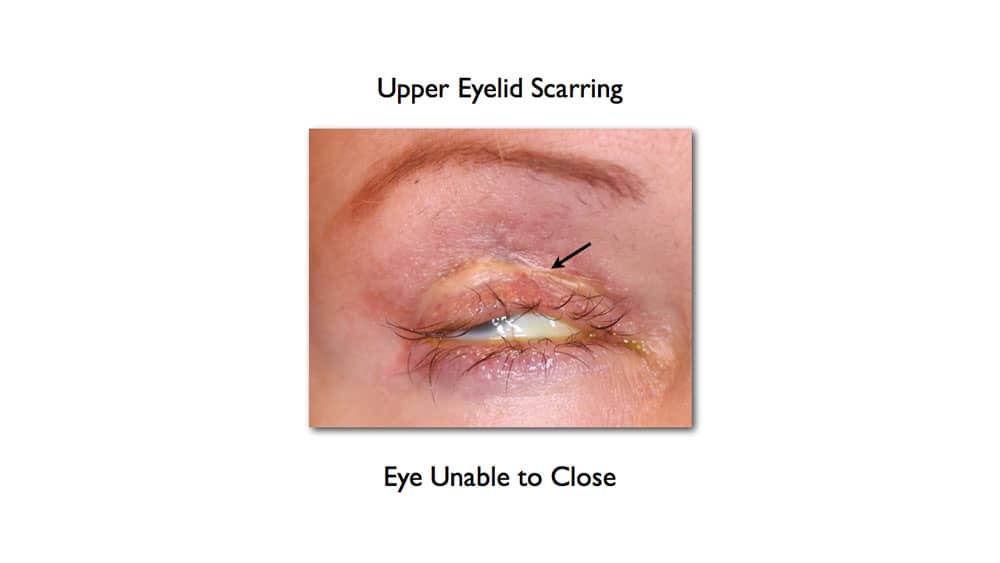
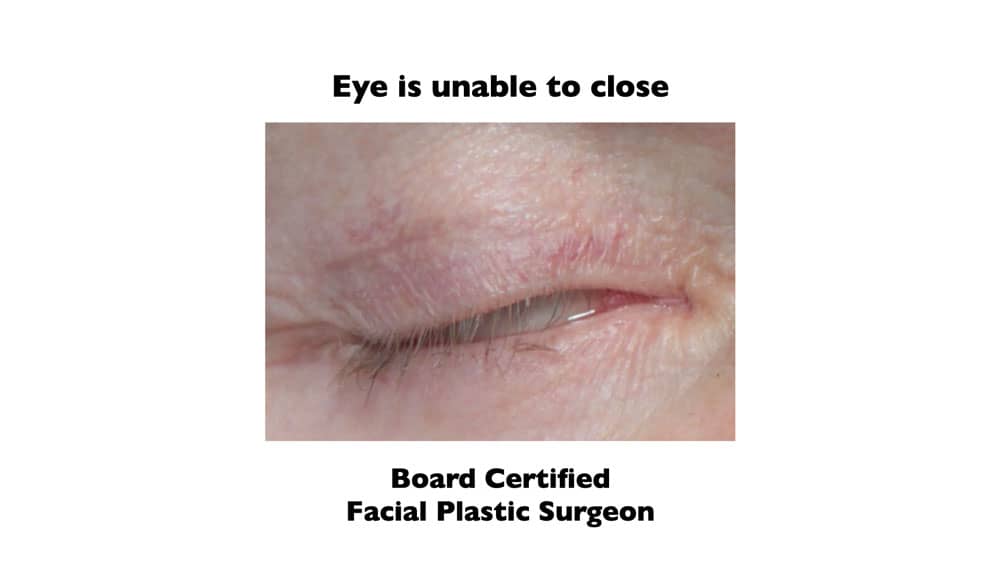
Eyelid Surgery Revision Specialist
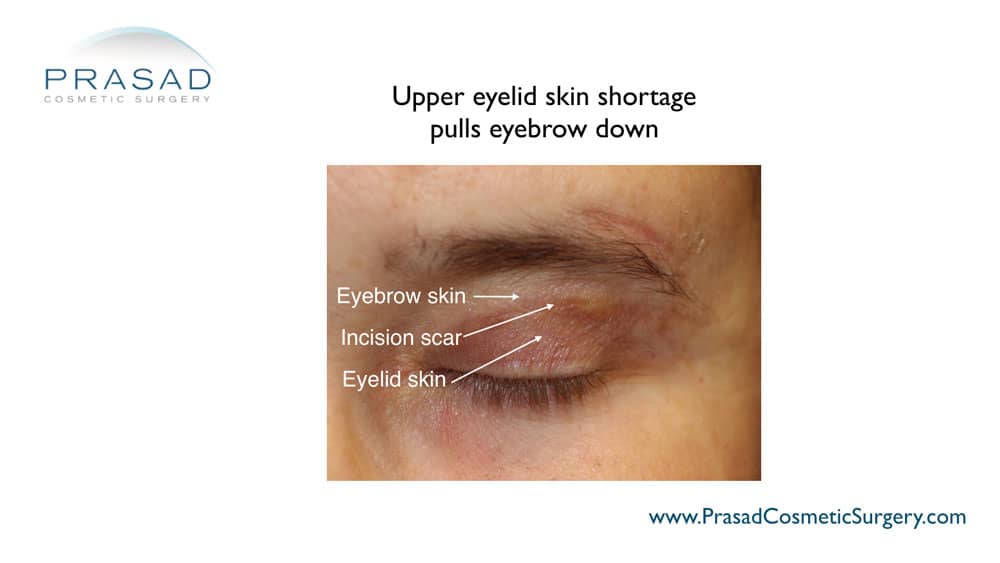
In addition, the skin below the brow may have descended because of the eyebrows being in a lower position, what is referred to as “eyebrow ptosis”. During the skin pinching process, there may be recruitment of skin below the brow, causing downward displacement of the brow and keeping the eyes looking hooded. Furthermore, this level of skin removal can cause the brow to move closer to the eyelid (not a good look). The elasticity of the skin is critical in determining the amount of skin that needs to be removed. If the skin has little stretch, less skin is removed; if the skin is very elastic, more skin is removed.
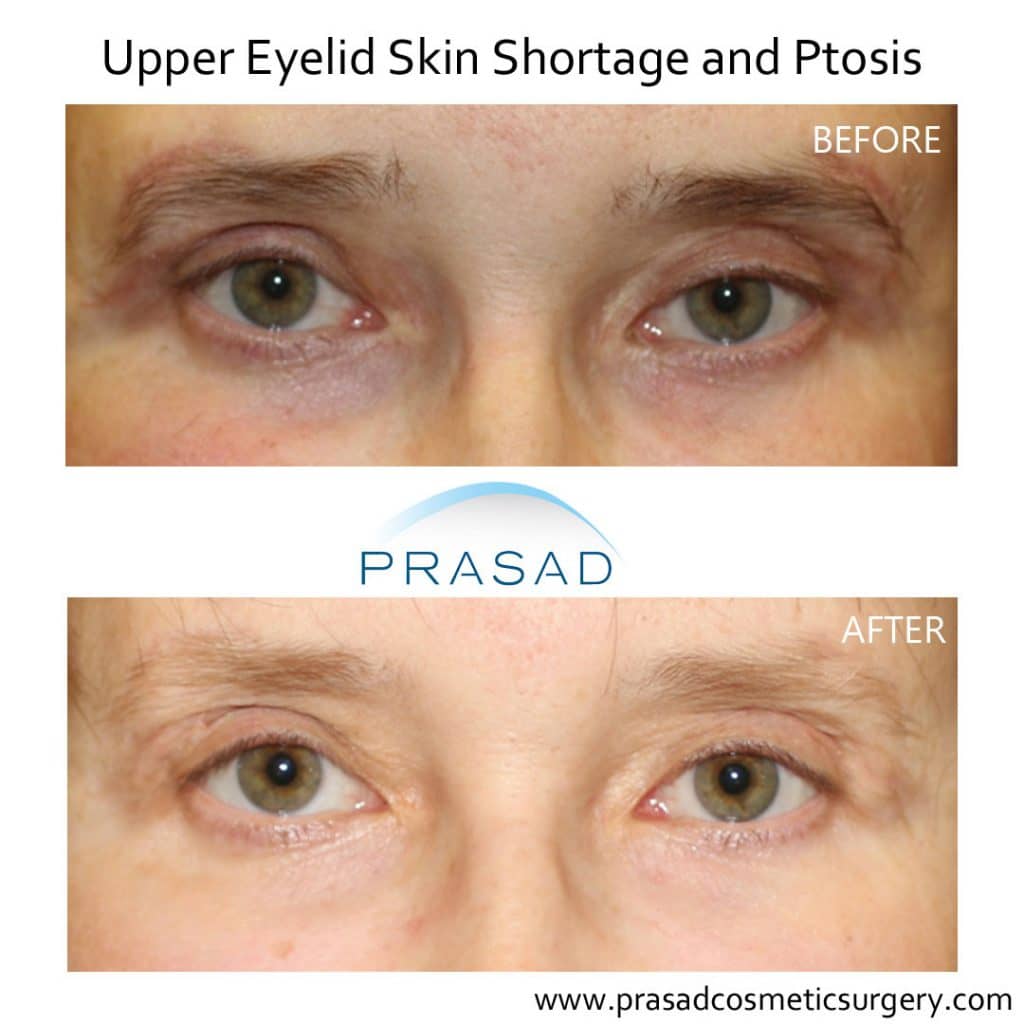
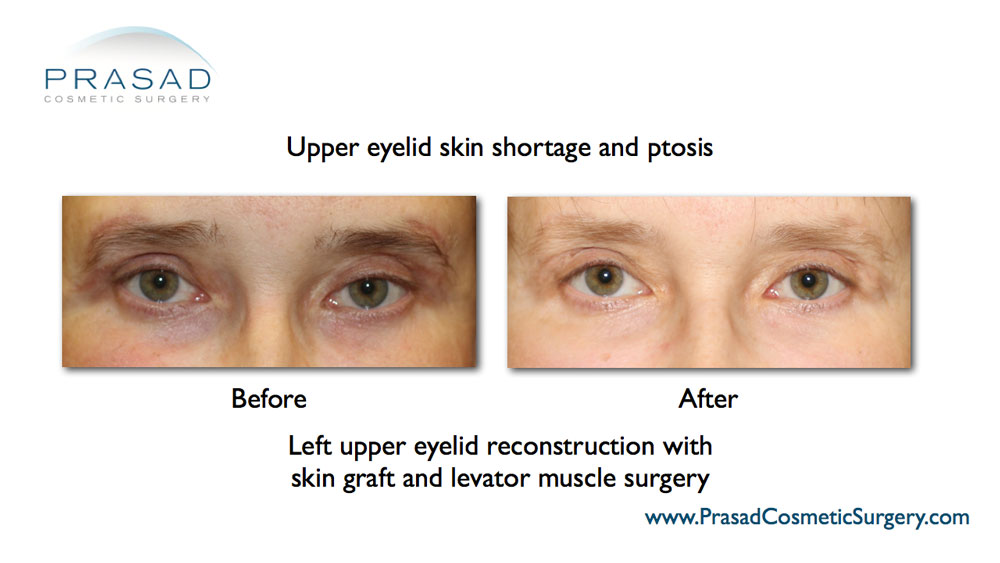
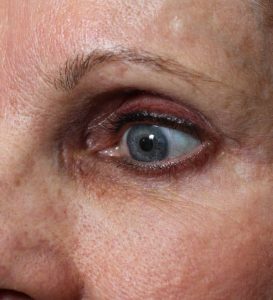
So, how can I reduce the risk of skin shortage after surgery? When I design, I consider skin elasticity, brow position, and eye health, so I spend a lot of time measuring. The placement of the eyelid crease, as well as where the skin removal should begin, and end in relation to the inner and outer corners of the eye, are also an art. I also give an estimate of how the patient’s upper eyelids will look by dislocating the skin inward with an instrument or a Q-Tip to reveal a more defined eyelid crease.
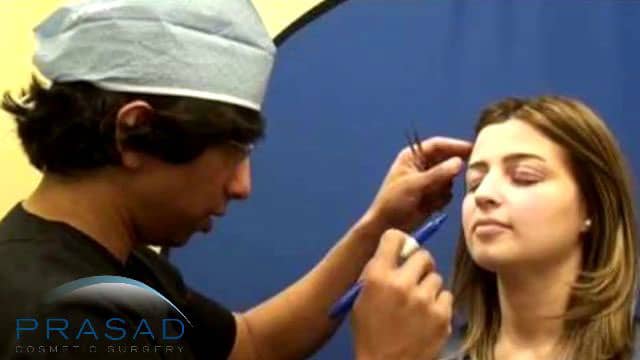

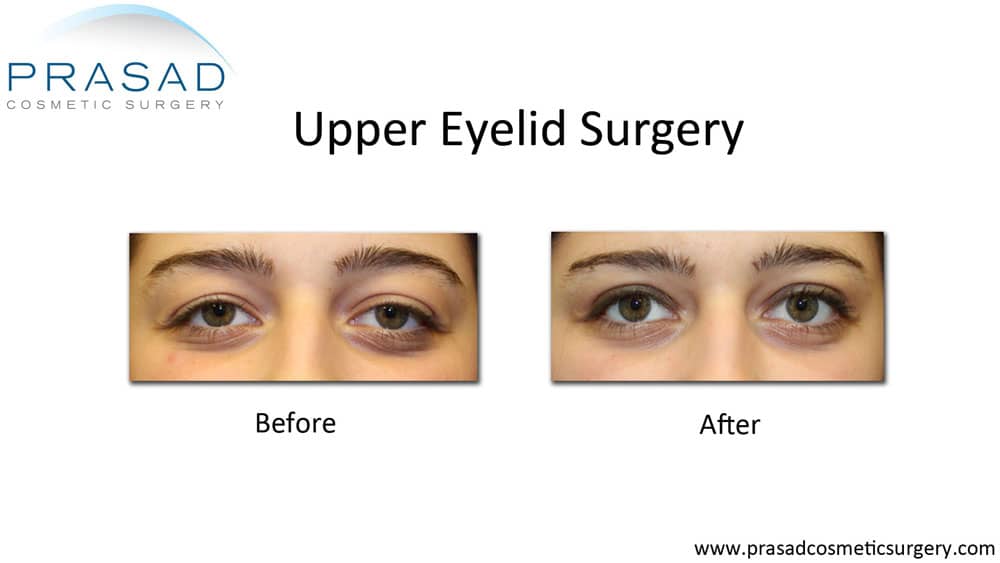
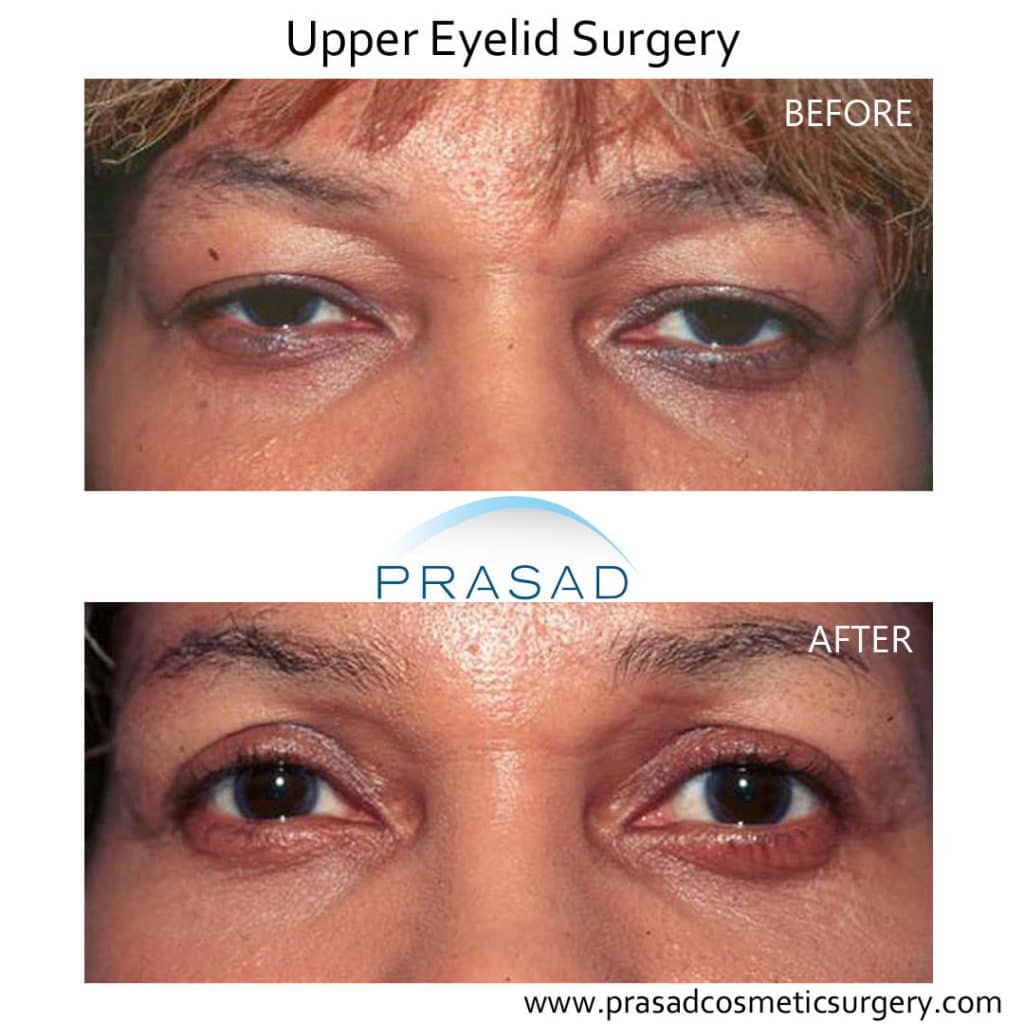


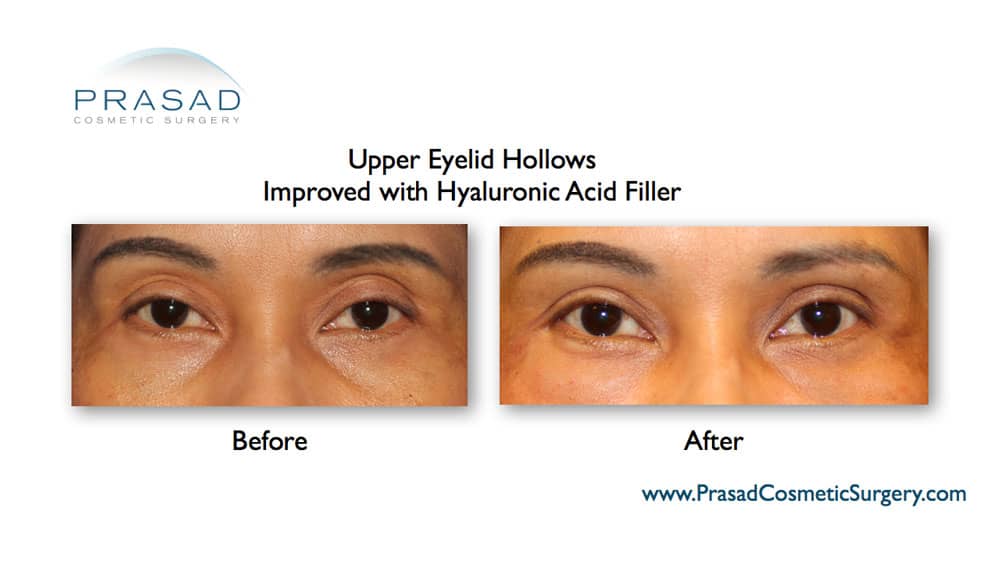
Blepharoplasty Regrets
I frequently see patients who have had previous surgery and are concerned about having had too much fat removed. They’re looking for a way to regain some fullness around their eyes. There are a variety of surgical options available, including fat grafting and dermis fat graft surgery. The challenge is that there may be a limited blood supply in this area, particularly after surgery. A tissue graft’s viability could be jeopardized by a lack of blood supply. I’ve discovered that using hyaluronic acid filler to restore fullness has been extremely reliable in achieving immediate improvement. My technique allows me to place volume with great precision, and my patients do not need to recover as they would after surgery.
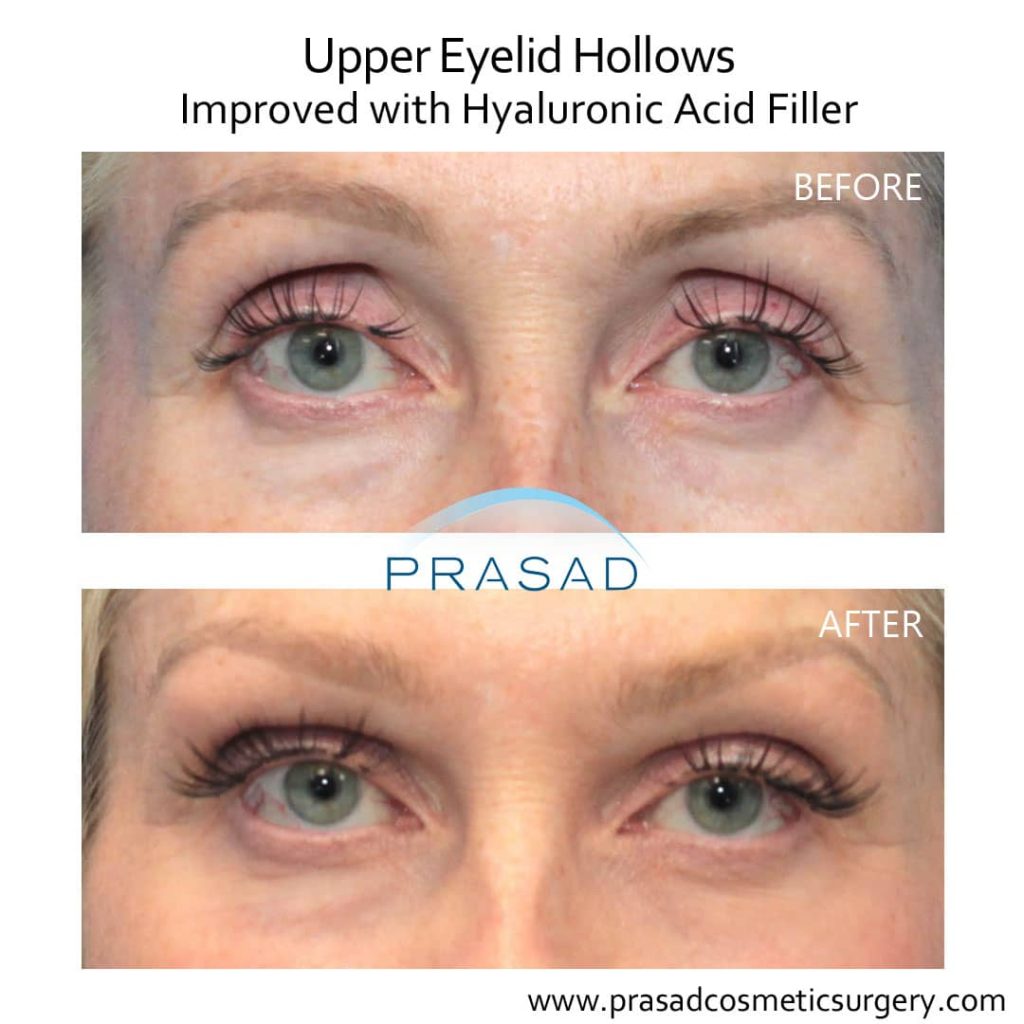
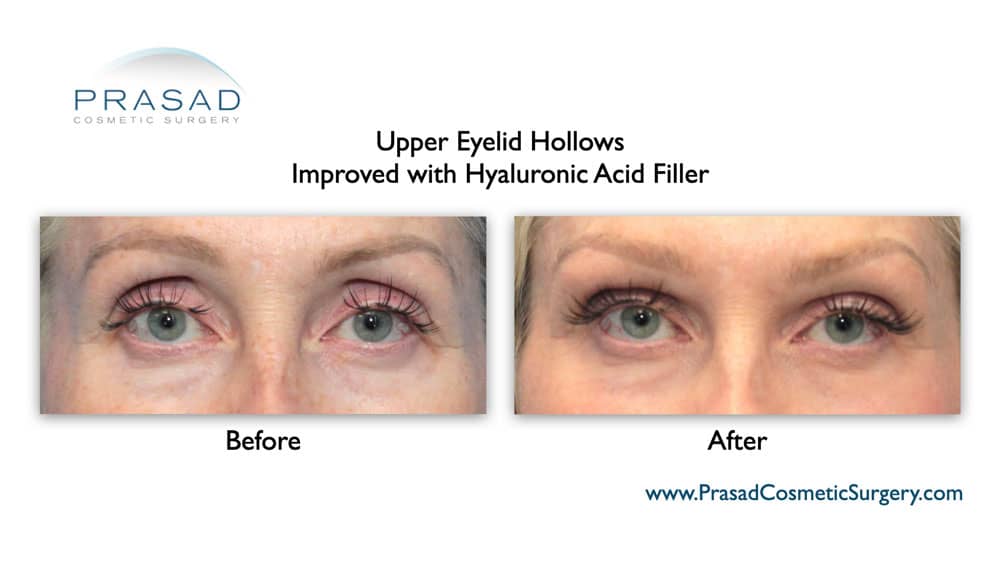
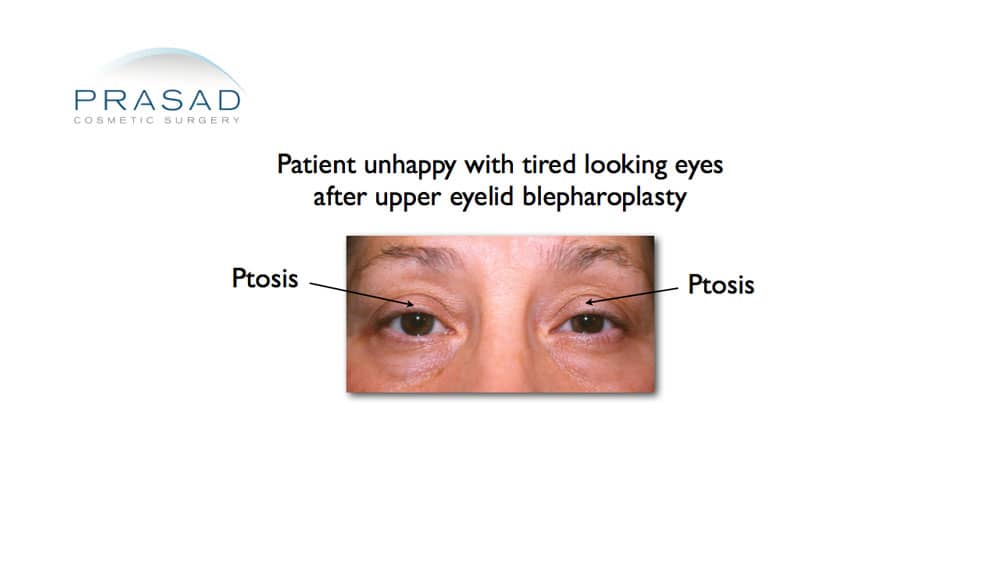
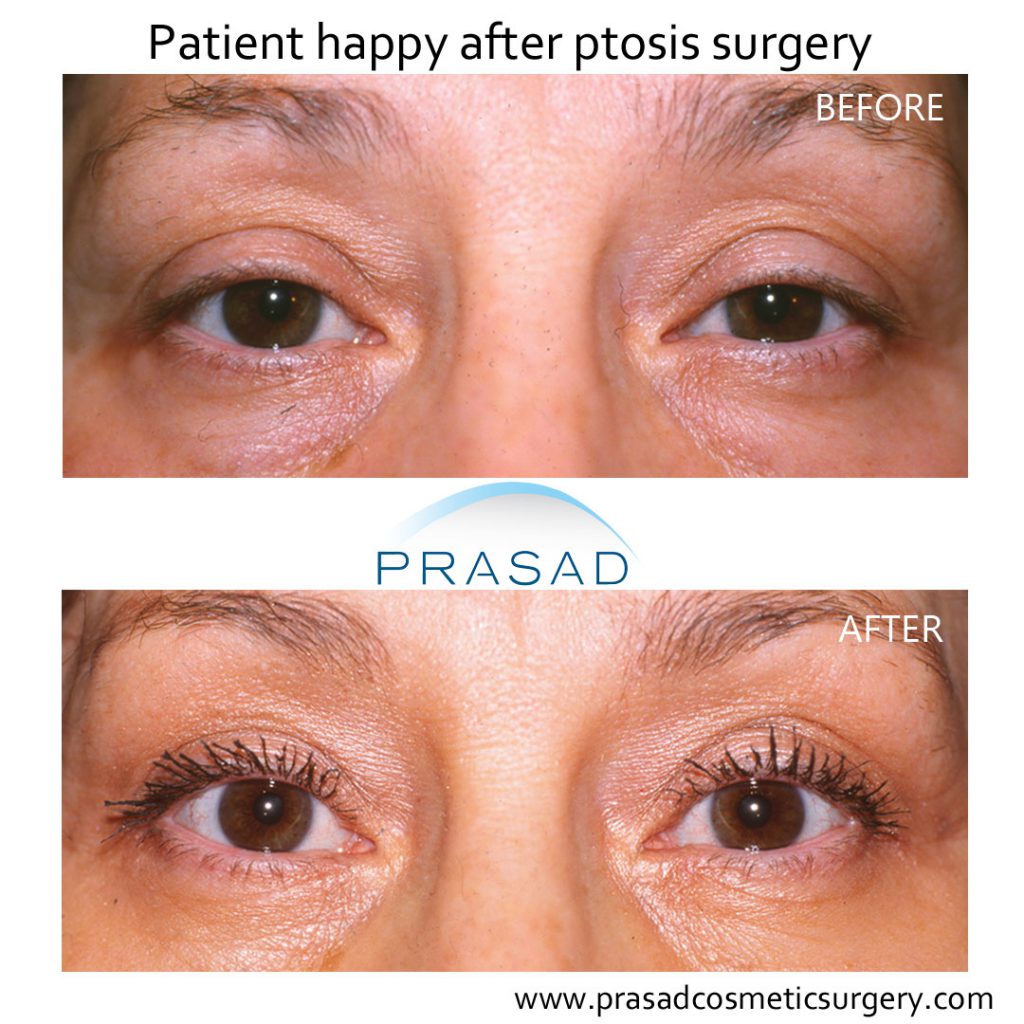
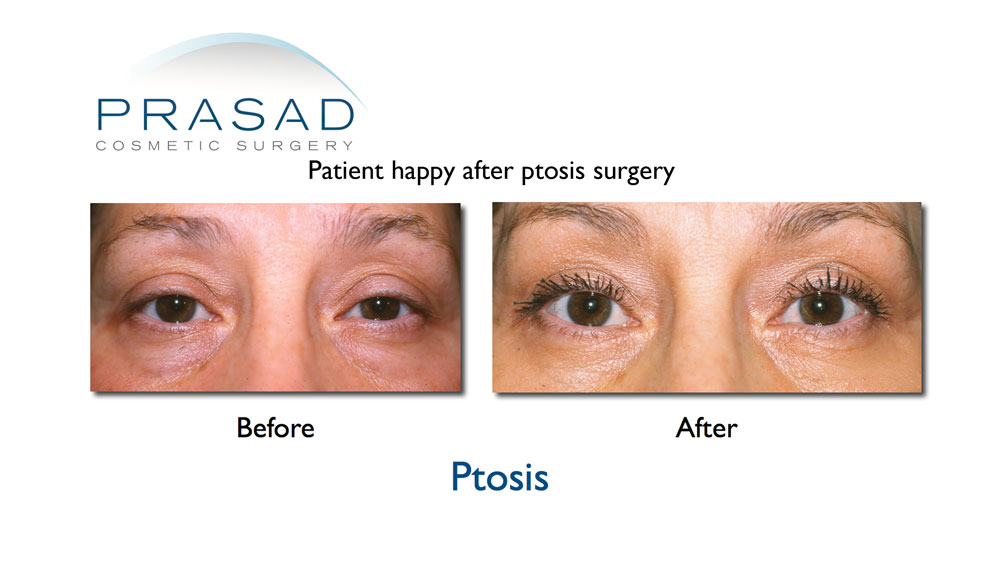
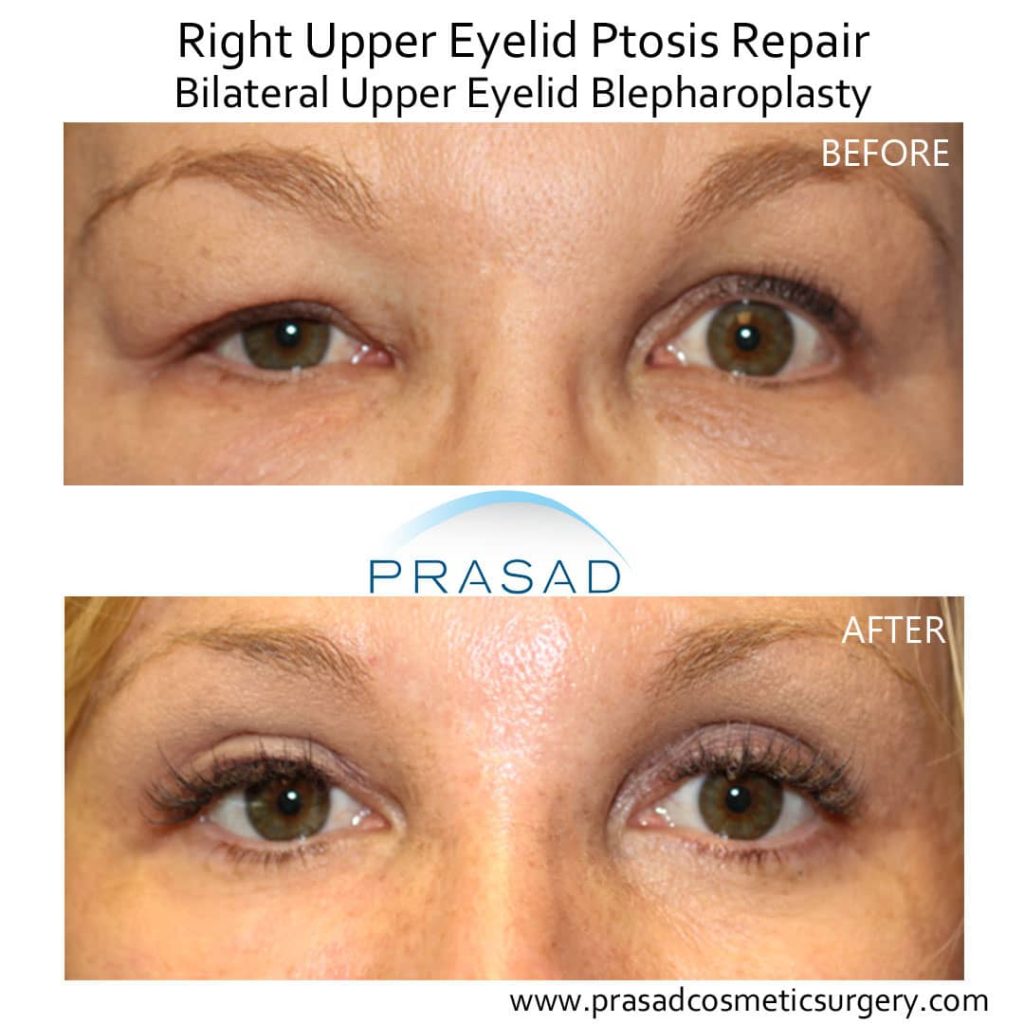
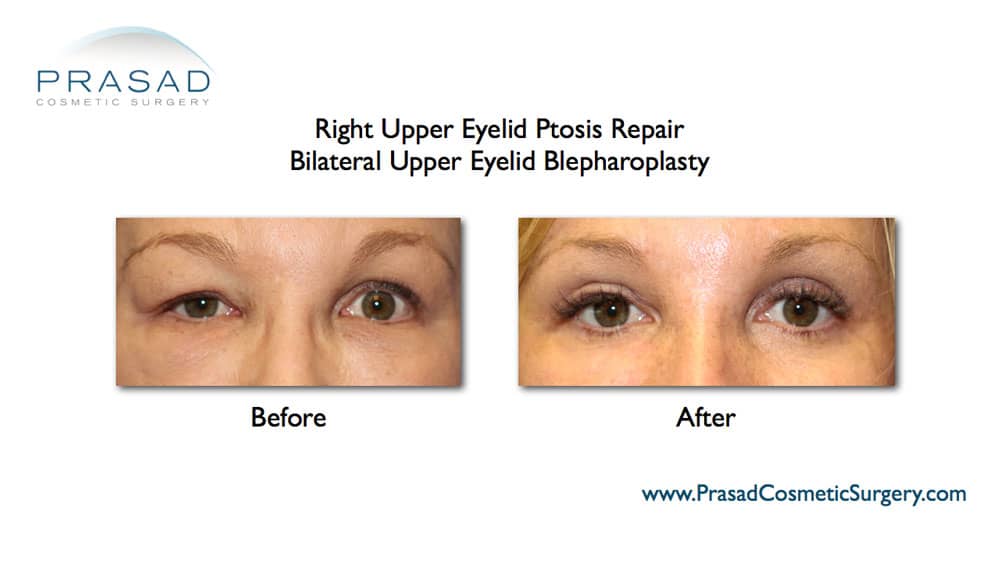
How to Avoid Blepharoplasty Complications?
Any surgery has risks, but those risks can be reduced by the operating surgeon’s experience, and expertise. You don’t want to choose eyelid surgery based on price, or on the assumption that all eyelid surgery procedures are the same. As business and marketing in elective healthcare services become more commoditized (for example, advertisements for discounted liposuction), you, the patient, must become your own advocate. Eyelid surgery is unique in that the results of a cosmetic procedure can affect your vision, as well as your appearance. I hope this information was useful to you.
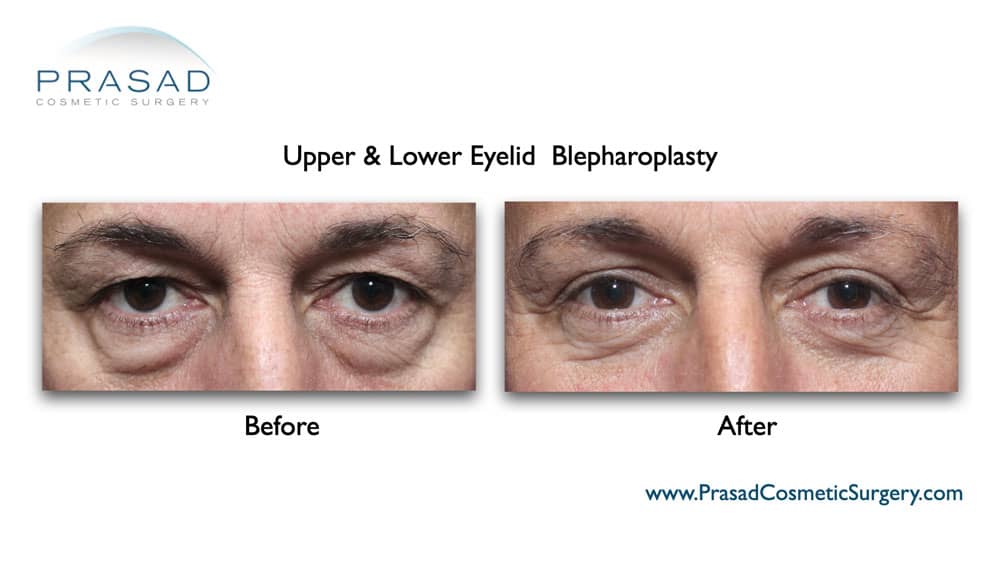
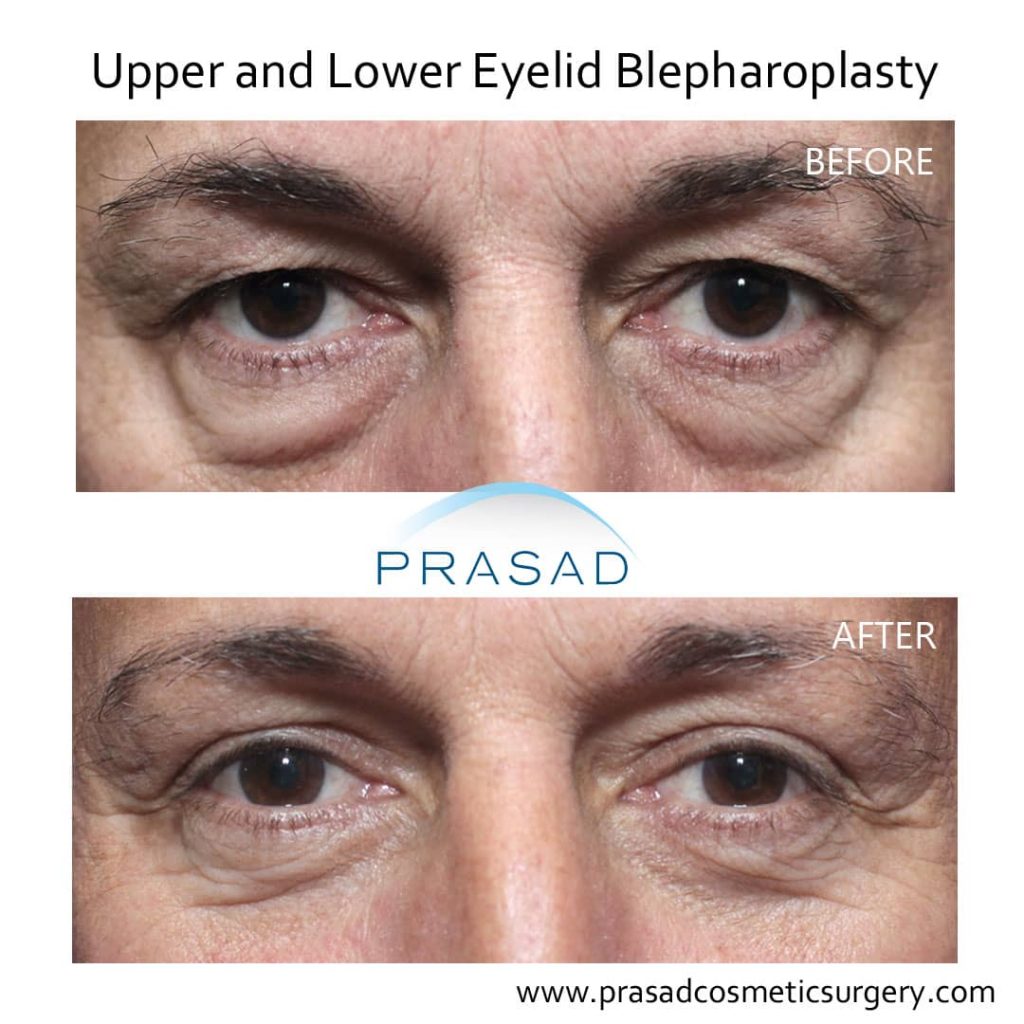
View blepharoplasty before and after gallery
